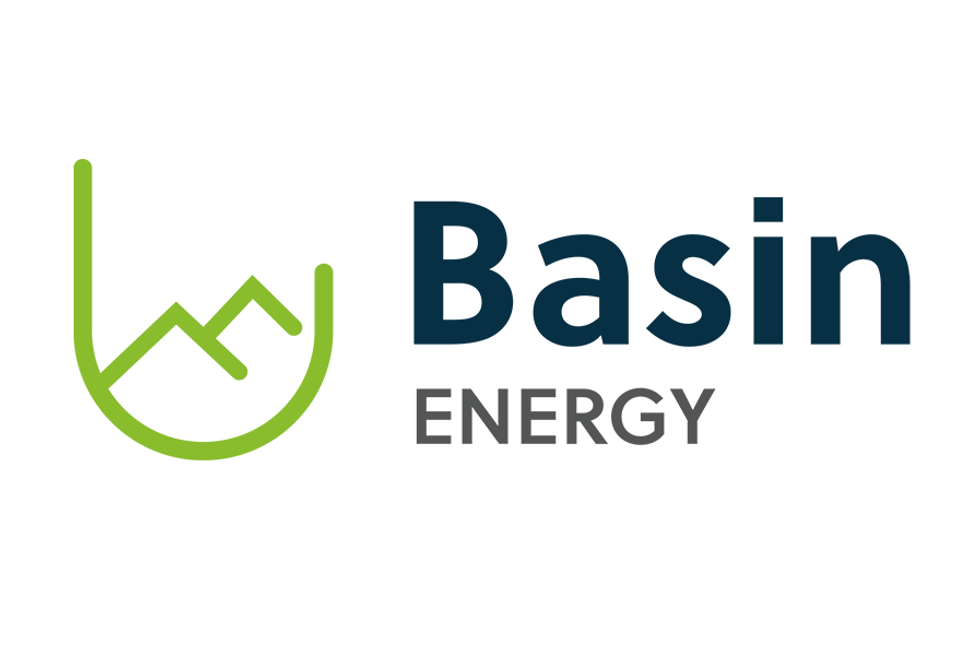Thomas Drolet, an independent energy consultant and former President and CEO of the Ontario Hydro International, recently discussed the major industry changes in an exclusive interview with Uranium Investing News.
By Dave Brown – Exclusive to Uranium Investing News
The nuclear industry has had its share of challenges as we approach the fifty-seventh anniversary of the first electrical grid connection in the Russian city of Obninsk, outside of Moscow on June 26, 1954. The first nuclear reactor used to generate electricity heralded Obninsk’s new role as a major Soviet scientific city, a status it retains in the Russian Federation where it carries the sobriquet of First Russian Science City.
Obninsk currently hosts a population of 108,000, and boasts 12 scientific research institutions and a technical university. The city claims Oak Ridge, Tennessee, as a sister city, which served as the production site for the massive U.S. government operation Manhattan Project that was instrumental in the development of the atomic bomb. As with Obninsk, scientific development still plays a crucial role in the Oak Ridge’s economy and culture in general.
The Obninsk reactor was graphite moderated, water cooled and had a capacity of 5 megawatts (MW), enough to power approximately 2,000 homes. Since the nuclear plant opened in 1954, most of the industrialized west, along with countries like India and China, have embraced nuclear power which now accounts for around 14 percent of the global electricity demands. There are now approximately 420 reactors installed in 31 countries around the world. More than sixty percent of the reactors are in the top 5 producing countries including the USA, France, Japan, Russia and South Korea.
Developments
Thomas Drolet, an independent energy consultant and former President and CEO of the Ontario Hydro International, a spin-off of the world’s fourth largest electrical utility, recently discussed the major industry changes in an exclusive interview with Uranium Investing News. Based on comprehensive research and development programs, the design, deployment and progress of successive generations of nuclear units have relied on scientific improvements guided by operational feedback.
Industry observers and stakeholders like Mr. Dolet talk of several ‘generations of changes’ in reactors which have been operational and continue to function with high capital expenditure and industry/political inertia creating legacy energy solutions. Generation I reactors were developed in 1950-60s, and outside of the UK, there are no current operational units. Generation II reactors generally represent today’s bulk of nuclear reactor fleets in both France and the United States in addition to the other 29 countries. Generations III (and 3+) are of the more advanced reactor build, some of which are in operation in Japan while others are under construction or ready to be ordered. Generation IV designs are still in development stages and are not anticipated to be operational before 2020-30.
About 85 percent of the world’s nuclear electricity is generated by Generation II reactors based on original designs developed for application in nuclear submarines and are based on the uranium fuel cycle. Reactor suppliers in North America, Japan, Europe, Russia and elsewhere have a dozen new nuclear reactor designs at advanced stages of planning, while others are at a research and development stage. Generation IV reactors are at the conceptual stage.
The first three generations of nuclear power reactors did not represent fundamental technological shifts, but rather a continuous process of evolutionary improvement focusing on placing more and more barriers of safety between the nuclear fuel and the environment.
In contrast, the Generation IV of nuclear energy systems represents a deliberate step change in improvement, building on the experience gained from many years of operating the earlier designs. The Generation IV technologies have set demanding sustainability goals, including improved safety and reliability; more efficient use of fuel; less waste and better economic performance; and enhanced proliferation resistance and physical protection.
Our Energy Future: based on a mix of energy supply systems
Mr. Drolet was generally optimistic about the future commercial viability of nuclear power. He believes that in the post Fukushima world there should be several changes in the areas of plant location, used uranium fuel management systems, passivity in design and operational simplicity. He sees a much greater focus on international standards and a streamlining into fewer approved designs with the development of new advanced nuclear systems playing a critical role. Traditional and renewable energy sources will also be important with intermediate power from coal, shale gas, oil sands, shale oil and liquefied natural gas (LNG) all playing a role. Energy efficient technologies, conservation, and more interconnected transmission systems will all help to secure the long term supplies for a more reliable and sustainable future. He believes that a key attribute of future nuclear energy is that used uranium fuel must be reprocessed to recover fissile and fertile materials in order to provide fresh fuel for existing and future nuclear power plants. Mr. Drolet is somewhat hopeful that a potential new fuel cycle will eventually emerge employing thorium as an alternative, with its prospects for breeding fissile U 233 fuel without the need for fast neutron reactors.
A balanced approach
The criteria for the selection of nuclear systems of the future will rely on adherence and compliance, with attention to environmental and public safety, economic efficiency, minimization of proliferation risk and used uranium fuel solutions.





